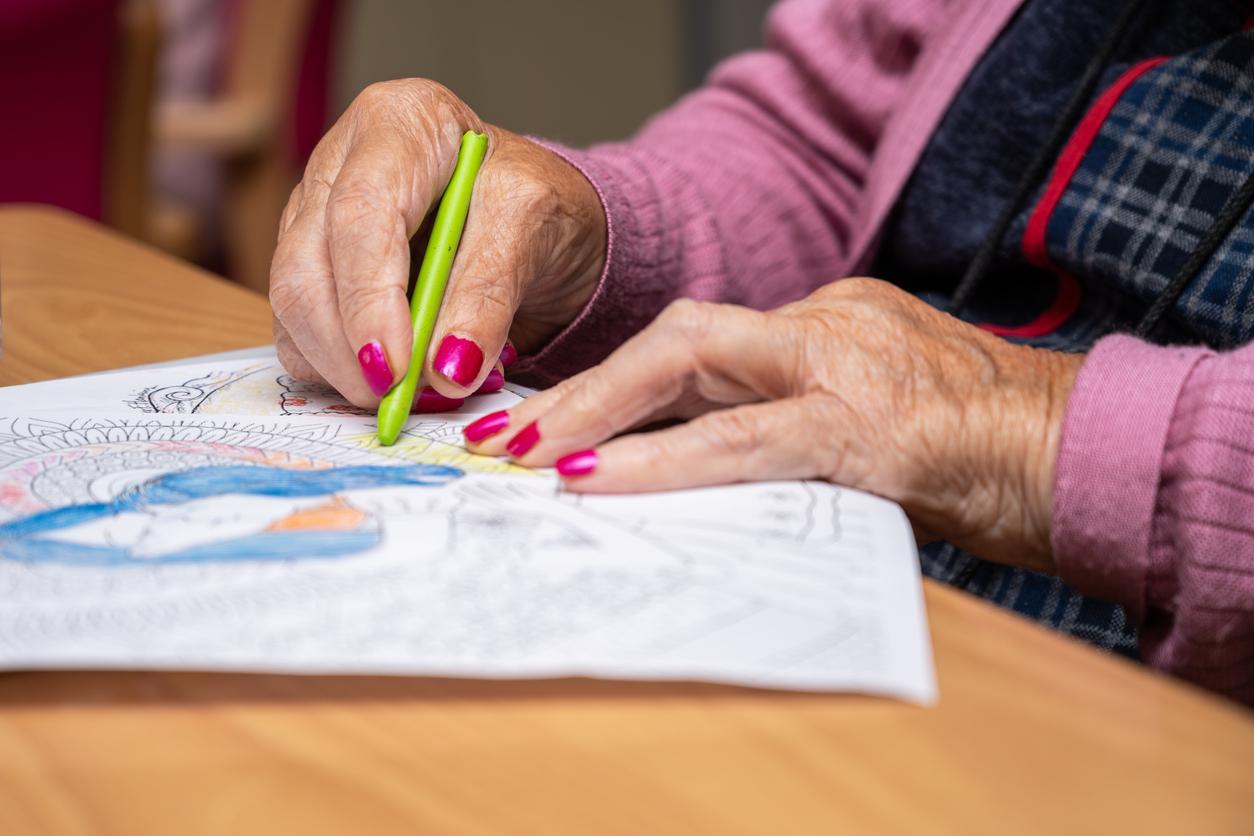Two researchers believe that Lisa Gherardini’s yellowish skin, the appearance of her hair, the lack of eyebrows, her puffy neck and her start to smile could be signs of an underlying hypothyroidism.

The portrait of Lisa Gherardini, painted by Leonardo da Vinci, is one of the most famous paintings in the world. Completed around 1516, the depiction of the wife of a wealthy Florentine silk merchant was exhibited for the first time at the court of King Francis I and has been in the spotlight since it was handed over to the Louvre in 1797.
In the centuries that have passed since then, people from all over the world have flocked to the Parisian museum to see with their own eyes the enigmatic smile of La Mona Lisa. Why did Leonardo da Vinci immortalize her with that amused look, when all the other portraits of the time had solemn faces?
A goiter
In a letter published in Mayo Clinic Proceedings, Drs. Mehra and Hilary Campbell explain that Lisa Gherardini’s yellowish skin, the appearance of her hair, the lack of eyebrows, her puffy neck and her beginning to smile could be signs of an underlying hypothyroidism.
In this condition, the thyroid gland does not produce enough T3 and T4 hormones, which regulate the metabolism. The liver then cannot properly convert carotene to vitamin A, and the excess material is deposited in the outer layer of the skin, giving it a yellowish glow. People with hypothyroidism also often lose their hair and have goiter, which is a swelling at the base of the neck caused by the enlargement of the thyroid.
Weakness of facial muscles
Drs Mehra and Hilary also believe that a case of advanced hypothyroidism could have resulted in nerve impairment and facial muscle weakness, which would have prevented Lisa Gherardini from smiling frankly.
Prior to the 1920s, iodine deficiency was the main cause of hypothyroidism, this mineral trace element being necessary for life and for the production of the thyroid hormones T3 and T4. Since iodine has been added to table salt, this deficiency is rare in industrialized countries, but is still lacking in the diets of billions of people. In France, 3.3% of women and 1.9% of men are affected by hypothyroidism.
The other symptoms of hypothyroidism are: fatigue, fatigue, depression, irritability, chilliness, infertility, weight gain, dry hair, brittle nails, shortness of breath, irregular menstrual cycles, high blood cholesterol, deeper and hoarse voice, face and swollen eyes, constipation, cramps, muscle stiffness, joint pain, confusion, difficulty concentrating, and memory loss, especially in older people. 
.















